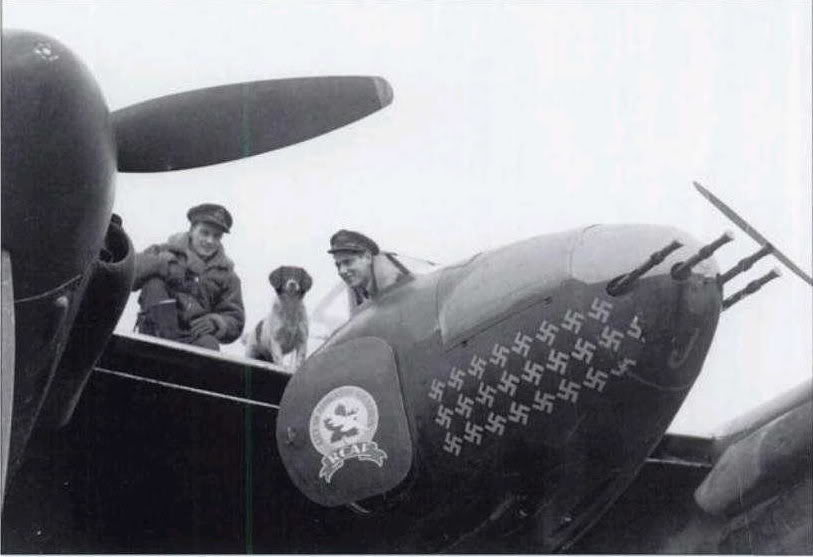What if the RAF had been equipped with large numbers of improved P-38s starting in late 1940 to 1942? Enough to equip many fighter wings?
Here is the PODs. One minor the other major. Lt Kelsey manages to not crash land the prototype P-38 ( fuel exhaustion or carburettor icing?) in New Jersey therefore saving Lockheed the time and expense of building a new prototype. This allows Kelly Johnson and his team to work out some of the aerodynamic bugs of this cutting edge aircraft a little earlier.
The big POD not sure how as it's political but the US government doesn't embargo Turbo-supercharger technology from export to the U.K. and the British Air Ministry doesn't stupidly insist on foregoing opposite turning engines and Turbo-super charging for the RAFs Lightnings.
If RAF pilots had available for evaluation something similar to the P-38F in around October 1940 it would have led to a much faster development and improvement of the P-38. With combat experienced Royal Airforce pilots flying the Lightning on combat operations in the fall of 1940 and their observations and recommendations feed back to Lockheed plus the money of British orders funding a much quicker pre-USA WW2 entry development of the P-38 the much improved P-38L or paddle-bladed K type improved type airplane with more powerful and reliable engines, compressibility dive flaps and aileron boost could have been produced late 1941 early 1942. Plus whatever other recommendations the RAF would have submitted and funded, eg improved cockpit layout, improved canopy, better gunsight etc.
And what would the RAF want with hundreds of expensive and maintenance intensive twin-engine fighters? That's for my next thread but here is two big hints. The first Allied fighters to reach Berlin were P-38s. Barnes Wallis.
Here is the PODs. One minor the other major. Lt Kelsey manages to not crash land the prototype P-38 ( fuel exhaustion or carburettor icing?) in New Jersey therefore saving Lockheed the time and expense of building a new prototype. This allows Kelly Johnson and his team to work out some of the aerodynamic bugs of this cutting edge aircraft a little earlier.
The big POD not sure how as it's political but the US government doesn't embargo Turbo-supercharger technology from export to the U.K. and the British Air Ministry doesn't stupidly insist on foregoing opposite turning engines and Turbo-super charging for the RAFs Lightnings.
If RAF pilots had available for evaluation something similar to the P-38F in around October 1940 it would have led to a much faster development and improvement of the P-38. With combat experienced Royal Airforce pilots flying the Lightning on combat operations in the fall of 1940 and their observations and recommendations feed back to Lockheed plus the money of British orders funding a much quicker pre-USA WW2 entry development of the P-38 the much improved P-38L or paddle-bladed K type improved type airplane with more powerful and reliable engines, compressibility dive flaps and aileron boost could have been produced late 1941 early 1942. Plus whatever other recommendations the RAF would have submitted and funded, eg improved cockpit layout, improved canopy, better gunsight etc.
And what would the RAF want with hundreds of expensive and maintenance intensive twin-engine fighters? That's for my next thread but here is two big hints. The first Allied fighters to reach Berlin were P-38s. Barnes Wallis.
Last edited:
